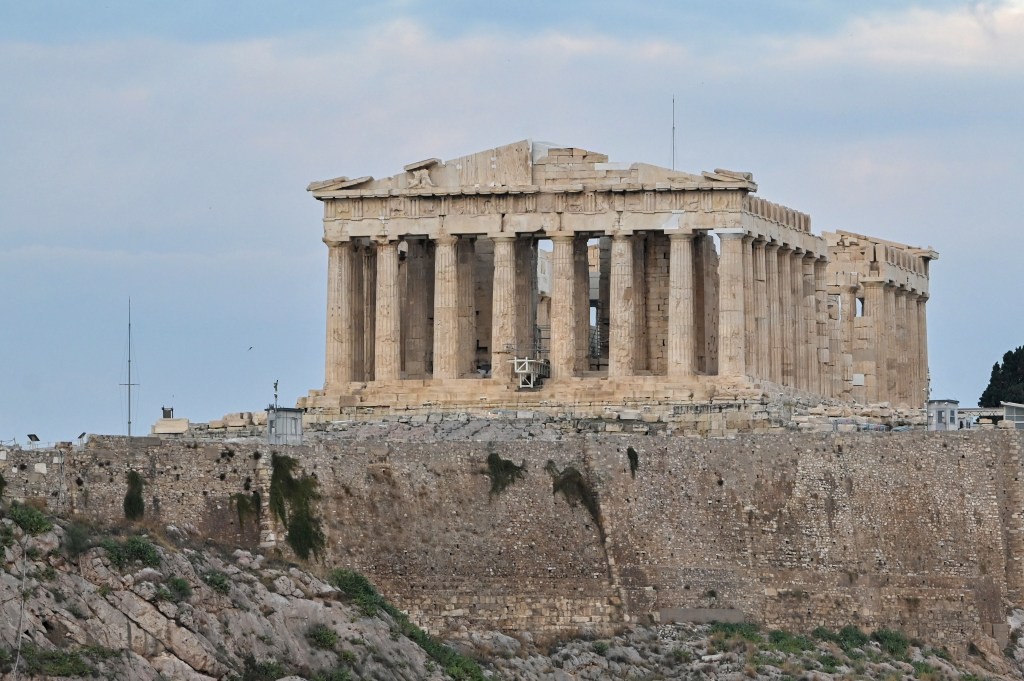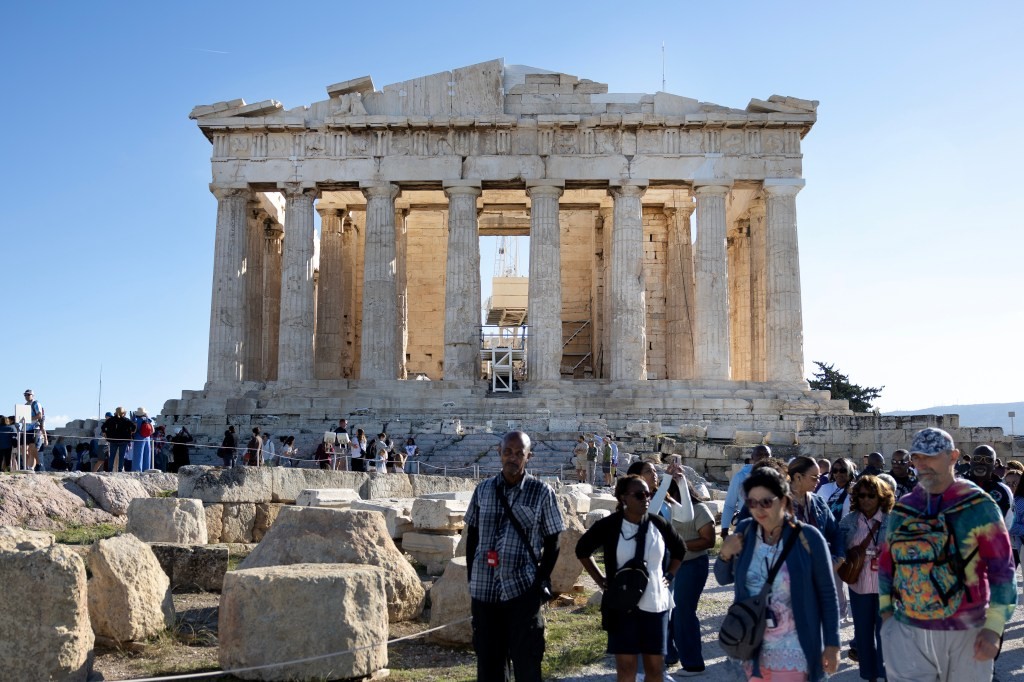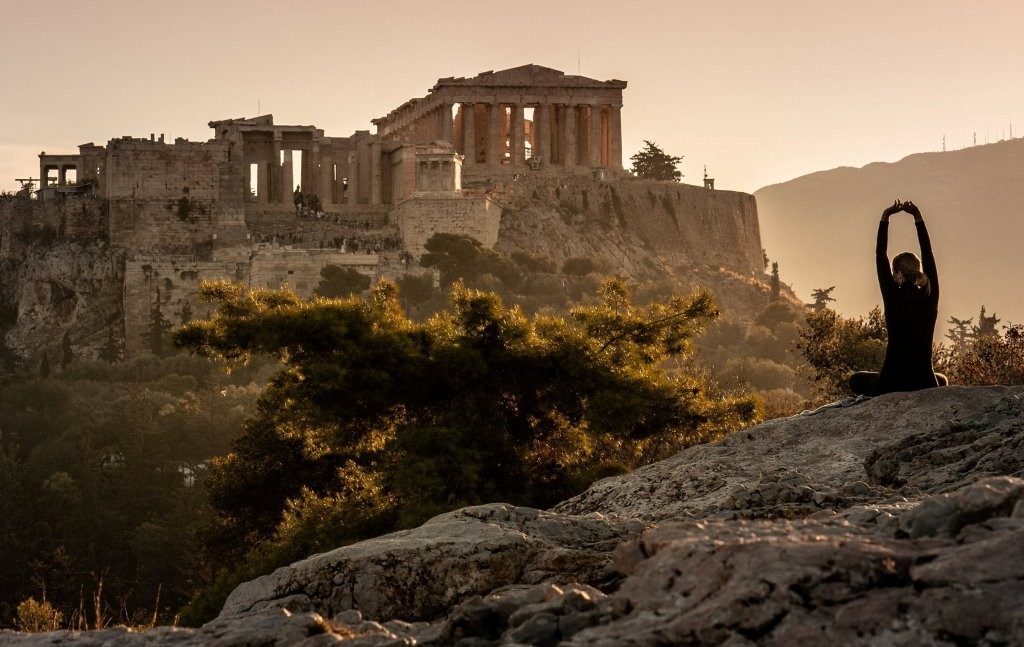After 200 Years, the Parthenon Emerges in Full View — A Stunning, Fleeting Unveiling That Changes Everything
The heavens have opened over Athens: after more than two centuries under a protective shell, the Parthenon is finally visible in full view. For the first time in 20 years, the scaffolding will come off the temple’s Western facade, revealing an unobstructed vista. But the moment won’t last: within about a month, a new, lighter framework will rise on the western side, and the shell will be reinstalled in a different form. This unfolding moment shows that even the oldest monuments live through restoration as much as through stone.

In This Article:
The Unveiling: A Rare, Unobstructed Glimpse of the Western Facade
For the first time in 20 years, the scaffolding will be removed from the Parthenon, exposing the Western facade to pedestrians at street level. The construction shell had been installed as part of an ongoing conservation campaign to restore and maintain the Western front. The Western side is identified as the optimal vista for the new, unobstructed view.

The Significance: A 2,500-Year-Old Icon in a Modern Moment
Erected in the 5th century BC to honor Athena, the Parthenon is the centerpiece of the Acropolis, Greece’s most popular historic site with an estimated 4.5 million visitors in 2024. As one era yields to the next, the monument remains a symbol of cultural memory and national pride. “It is like they are seeing a different, a completely different monument,” Culture Minister Lina Mendoni said on Skai radio, cited by AP News.

The Plan: Temporary Pause, Then a Lighter Framework
The hiatus will be brief: in about a month a new framework will be installed along the Parthenon’s western side. This time, the scaffolding will be lighter and aesthetically closer to the monument’s own logic, according to Mendoni. The conservation project is scheduled to last until early next summer, at which point the shell will be removed and the Parthenon will be truly free.

Access, Crowds, and What Visitors Should Know
The Acropolis is Greece’s most popular historic site, drawing millions of visitors each year. In 2023, officials imposed a cap to curb crowding, allowing only 20,000 people to visit the landmark daily. Now sightseers must book a timed entry and pay general admission around $35 during peak summer months. The balance between preservation and access remains a central concern as the site evolves.

